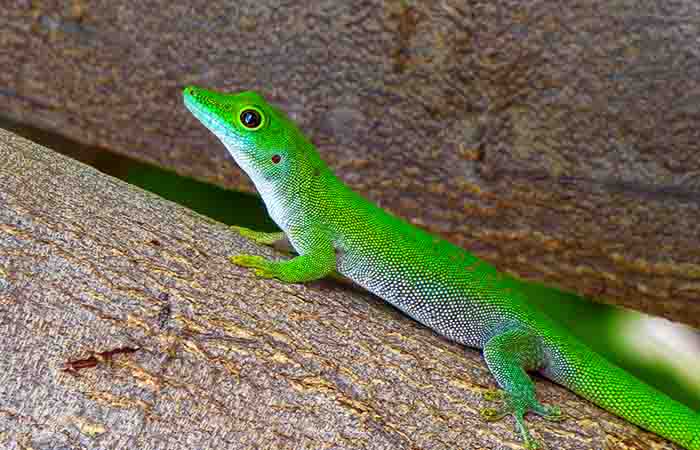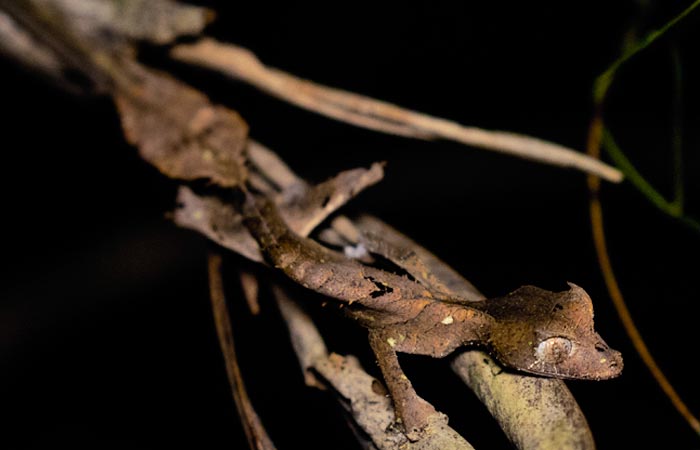The reptiles and amphibians of Madagascar.
The fascinating cold-blooded wildlife.
The Incredible Diversity of Reptiles in Madagascar:
chameleons, snakes,lizards, amphibian, tortoises, and geckos.
Madagascar, an island brimming with unique biodiversity, is a paradise for reptiles and amphibians (read more) enthusiasts. Its isolation from the mainland has resulted in the evolution of an extraordinary range of reptiles, many of which are endemic. From colorful chameleons to stealthy snakes, fascinating lizards, ancient tortoises, and vibrant geckos, Madagascar’s reptilian fauna offers a glimpse into nature’s ingenuity.
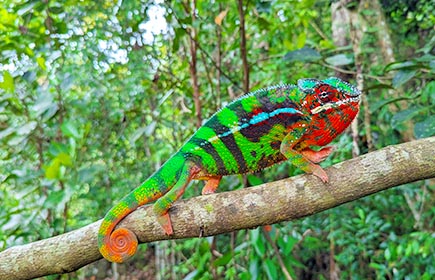
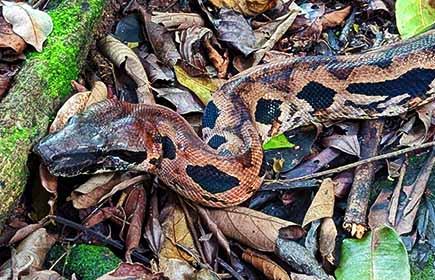
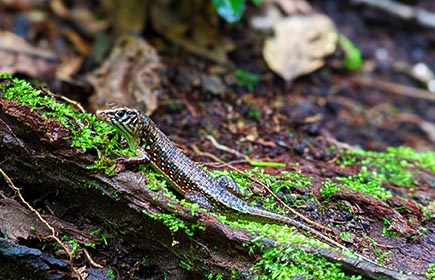
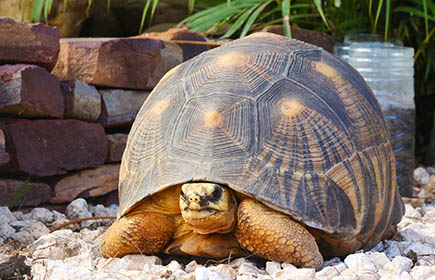

Chameleons:
The Masters of Color and Camouflage.
Madagascar is home to nearly half of the world’s chameleon species, including the iconic Panther Chameleon (Furcifer pardalis) and the tiny Brookesia micra, one of the smallest reptiles on Earth. Chameleons are renowned for their color-changing abilities, which serve purposes ranging from camouflage to communication. With their independently rotating eyes and lightning-fast tongues, they are perfectly adapted to Madagascar’s dense forests and arid landscapes. These reptiles play an essential role in controlling insect populations and maintaining ecological balance.

Snakes:
Madagascar’s Silent Predators.
Madagascar’s snakes, though often overlooked, are equally fascinating. Among the notable species are the Malagasy Giant Hognose Snake (Leioheterodon madagascariensis) and the Madagascar Tree Boa (Sanzinia madagascariensis). None of Madagascar’s snakes are venomous, making them harmless to humans. They are adept hunters, preying on rodents, birds, and reptiles, and contribute significantly to controlling prey populations. Their unique patterns and behaviors make them an integral part of the island’s ecosystem.
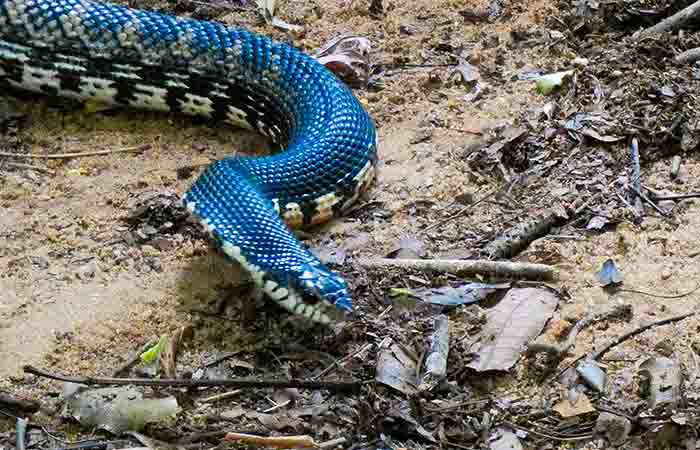
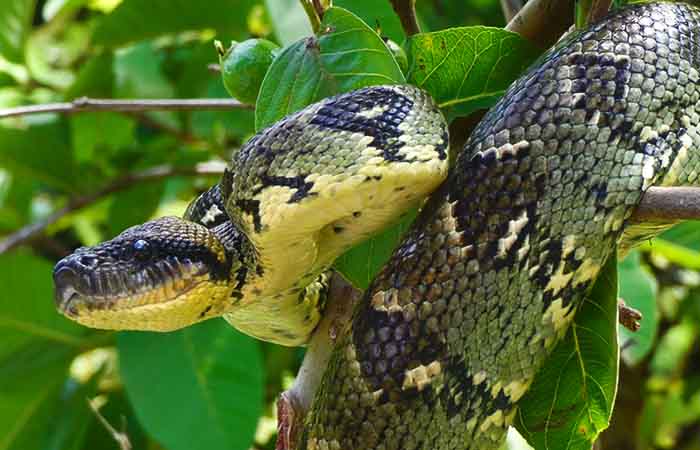

Lizards: Agile and Adaptable
The lizard species in Madagascar exhibit incredible diversity, ranging from skinks to iguanas. One of the most notable groups is the Opluridae, or Malagasy iguanas, which thrive in various habitats, from dry spiny forests to rocky outcrops. This cold-blooded wildlife play a dual role in Madagascar’s ecosystems, both as predators of insects and as prey for larger reptiles and birds. Their ability to adapt to Madagascar’s changing environment ensures their survival in the face of habitat loss.
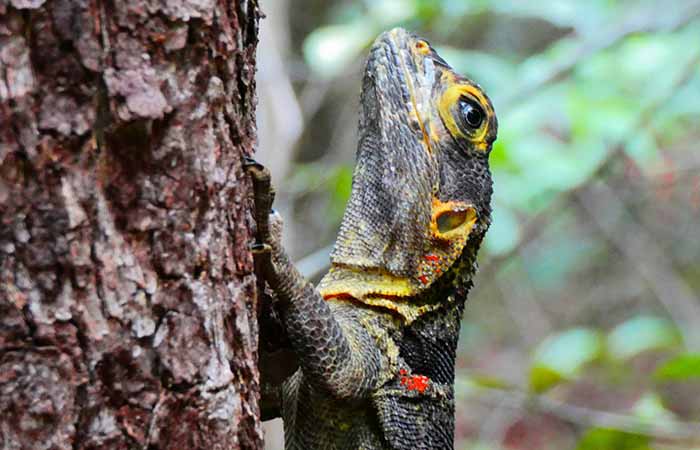

Geckos: Masters of Adaptation.
Madagascar is also home to a stunning array of geckos, including the Leaf-Tailed Gecko (Uroplatus), famous for its uncanny camouflage. These nocturnal cold-blooded wildlife are expert climbers, thanks to their adhesive toe pads, allowing them to navigate trees and walls effortlessly. Geckos are vital insect predators, keeping mosquito populations in check. Their unique appearance and behavior make them a favorite among wildlife enthusiasts and researchers.
Geckos are also remarkable for their ability to regenerate their tails, a vital survival mechanism when faced with predators. If threatened, they can detach their tails as a distraction, allowing them to escape while their predator focuses on the wriggling appendage. Over time, the gecko will regrow its tail, showcasing its resilience and adaptability. This fascinating trait not only ensures their survival but also highlights their evolutionary brilliance, making them a subject of ongoing study among scientists and a captivating feature for nature lovers exploring Madagascar.
